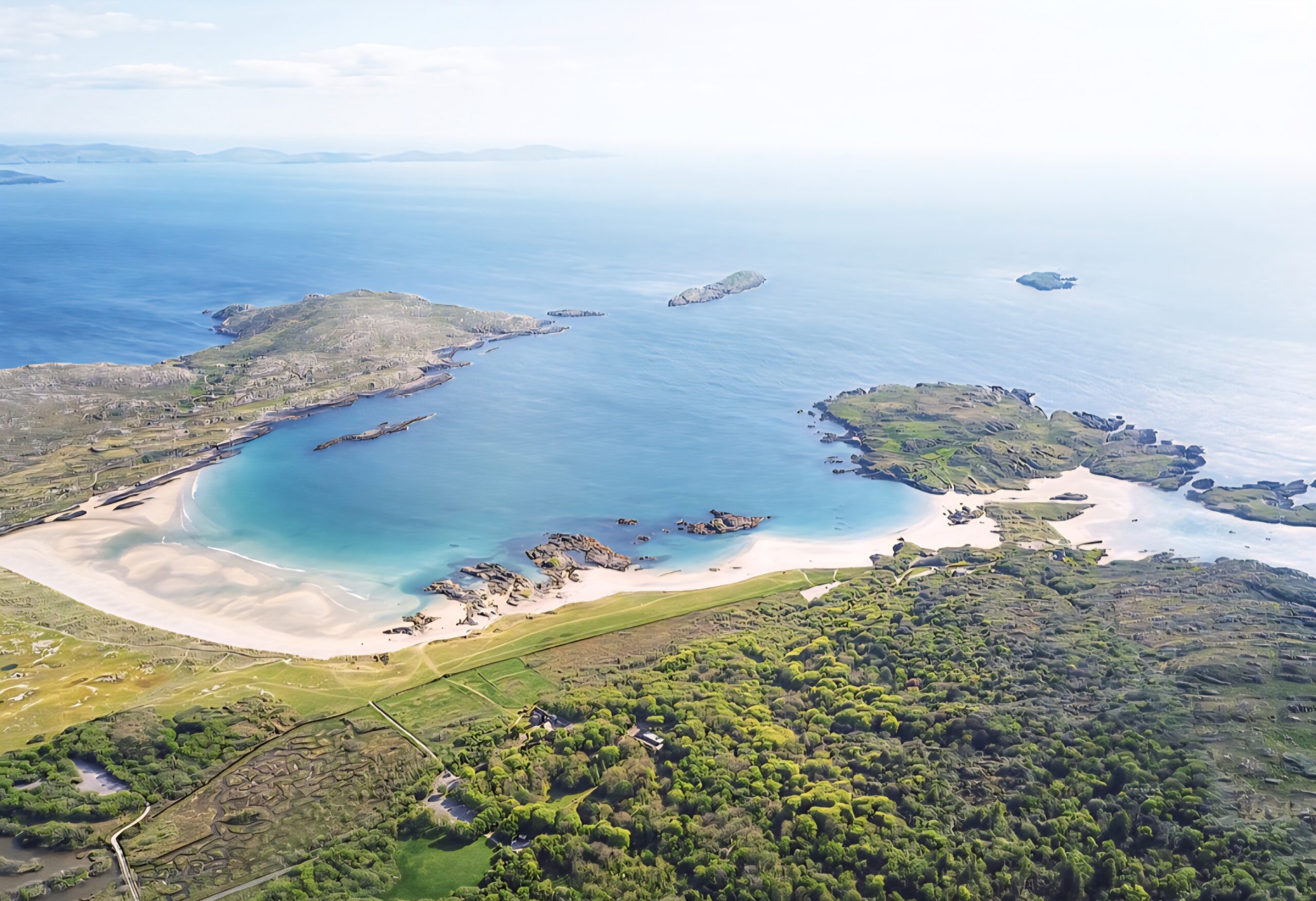
Natural Processes Restored at Derrynane:
Could This be Ireland’s First Rewilded Woodland?
Discover how a rare sanctuary on the Kerry coast became a thriving refuge for wildlife, lichens, and native trees.
By Vincent Hyland
Sign up for our monthly newsletter!
A chilly February morning is illuminated by a low-rising sun. Its pale gold rays penetrate the very heart of an ancient woodland, casting shifting patterns across moss-covered stones. As the forest slopes gently toward the shoreline, the stillness is broken only by the bright chatter of the stream, whose name is translated from Irish as “the stone fort of the windy place.”
Occasional forays to higher ground offer southerly glimpses, through the trees, of Derrynane Bay: a small, horseshoe-shaped inlet washed by the restless Atlantic. In these northerly latitudes, only seven weeks past the winter solstice, I am searching for one of the woodland’s most delicate treasures—the tiny female flowers of the hazel, the “tree of knowledge.”
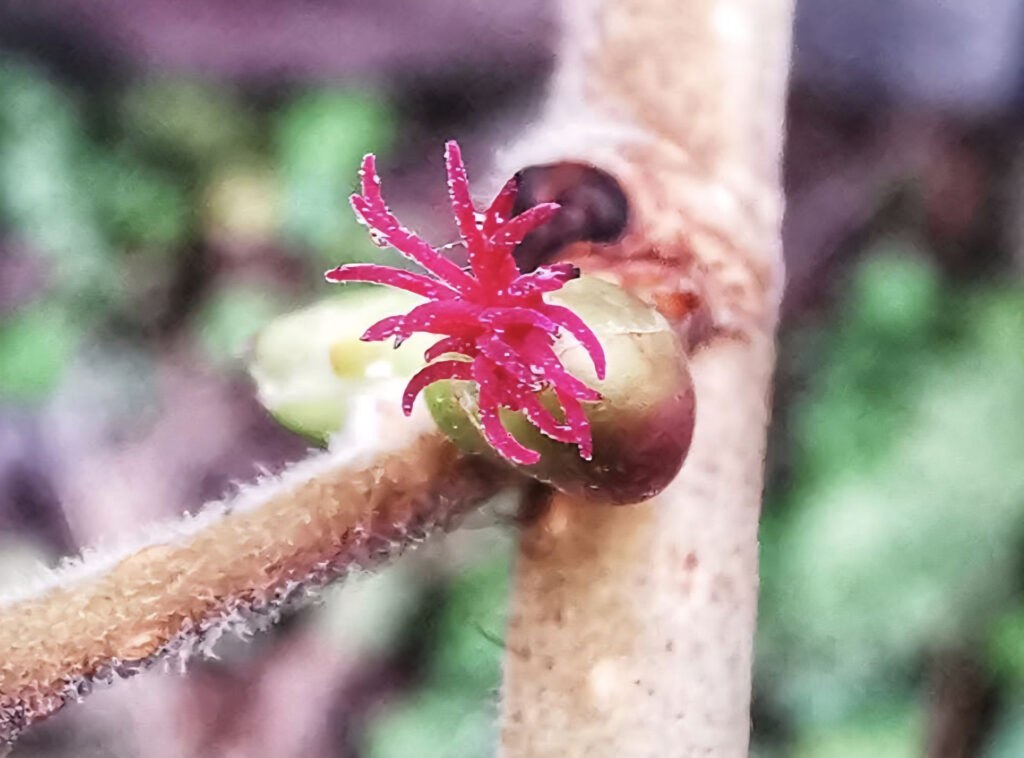
The hazel’s male catkins, pale yellow and pendulous, have been out since January, heralding the first stirrings of the natural year. They carry with them a joy that is both seasonal and deeply personal, returning me to childhood walks along Dublin’s ditches with my father, searching for life’s first green signs after a long winter. The female flowers, scarlet-tipped and minute, appear just in time to catch the pollen drifting on the wind from the now-swelled catkins. Hazel’s early blooming, before the canopy leaves unfurl, ensures its survival, an evolutionary head start. Over the course of eight months, the flowers develop into nuts that fall in October, remaining dormant until spring. Some will be eaten, others forgotten and left to sprout, continuing a cycle of renewal as old as the woodland itself.
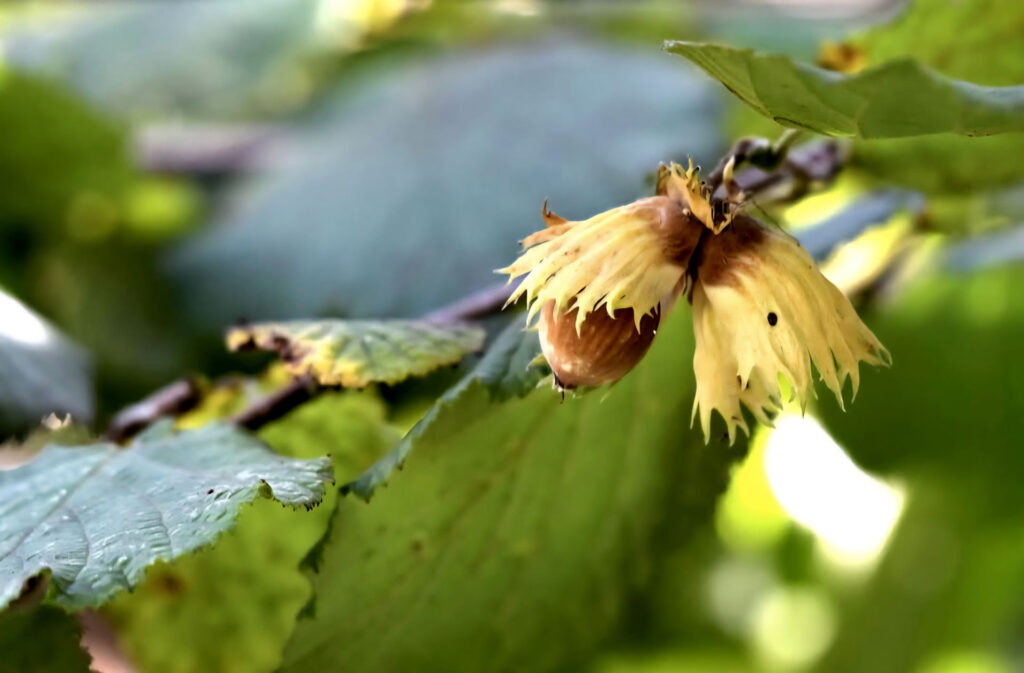
Derrynane’s name reaches back to the early medieval period (c. 500–900 CE), recorded in Irish as Daire Fhíonáin—“the oak wood of St. Fionán.” Like many Irish woodlands, it has been shaped and reshaped by human hands. By the mid-20th century, much of its biodiversity had been altered or diminished. Restoration began—largely by accident—in the 1940s, when the Derrynane Trust, formed by the descendants of Daniel O’Connell, one of Ireland’s greatest statesmen, gifted the 320-acre estate, including Derrynane House, to the Irish State. The property came under the care of the Office of Public Works, and, in the absence of intensive farming, natural processes gradually reclaimed the land.
First-edition Ordnance Survey maps (1829–1846) show that only a third of the woodland’s current area was then under tree cover, concentrated west of the house. The remainder was pastureland and fields bounded by stone walls. A poem, “Darrynane in 1832” by Daniel O’Connell’s daughter, Mary-Ellen Fitzsimons, recalls the transformation:
“But hold! One better skilled than I, reprovesMy flippancy, and gravely tells how once
The only meadow in this wide domain
Was that small spot of level green, where now
The Meadow Walk commences… But what a change since then! Now, all around
Stretch bright green pastures, and young groves uprear
Their shoots, where even I recall
Nothing but barren rocks and marshy ground.”
Her lines, intended to praise pastoral improvement, may also hint at the earlier presence of oak woodland, its clearance followed by farming, and then, over time, by reversion to wild growth.
By the third edition of the maps (1890s), some abandoned farmsteads, likely vacated after the Great Famine (1845–1852), show signs of natural regeneration. Black-and-white photographs from the early 1900s still depict open pasture sweeping to the shore, but when I first visited in the 1960s, many of those meadows were already vanishing beneath thickets, ground flora, and young trees.
Today, the former pastures hold a dense, layered forest. Mosses, ferns, wildflowers, and hazel form the understory, while oak, ash, and elm rise above. On their branches, temperate Atlantic rainforest specialists like tree lungwort lichen thrive, expanding their range in the cool, moist air.
With the 2024 reopening of the historic Meadow Walk, visitors can trace the Cahernageeha River through these woods, passing old field walls, a moss-covered millstone, and the stone ring fort marked on early maps, likely dismantled for wall building and later swallowed by vegetation.
Each season here offers its abundance. In Spring, wildflowers carpet the ground; hazel, oak, and holly bloom early, feeding bees, hoverflies, moths, and butterflies, whose larvae feed a chorus of birds—warblers, treecreepers, chiffchaffs, and blackcaps. In Summer, the canopy hums with life, and fledglings take wing under its shelter. In Autumn, bushes and trees offer fruits for jays and red squirrels; fungi push through leaf litter, revealing the hidden mycelial networks that sustain the forest. In Winter, low sunlight filters through bare branches, and the stillness offers a rare, restorative quiet.
In 2025, Derrynane’s mixed-species woodland is a green jewel on the Iveragh Peninsula. Alongside its 100 acres of native oak, hazel, holly, birch, and willow, the forest also holds introduced species—sweet and horse chestnut, sycamore, and beech. Sheltered from the prevailing Atlantic gales by surrounding mountains and facing south toward the sea, it is uniquely positioned for survival.
In a region where heavy grazing by goats, sika deer, and sheep has stripped much of the native flora, Derrynane stands as a rare sanctuary. Its resilience owes much to the O’Connell family’s gift and to the Office of Public Works’ stewardship.
If we can speak of Ireland’s “first rewilded woodland,” Derrynane makes a strong claim—restored not through deliberate planting, but through the patient, steady work of nature once given the space to breathe. Here, the forest flows for its forestness, and in doing so, becomes a gift to the future.
Vincent Hyland, based in Derrynane, Ireland, is a passionate environmentalist, multimedia artist, and educator dedicated to preserving and celebrating the natural beauty of the Kerry coastline. A renowned expert on the coastal ecosystems of Derrynane, he pioneered Ireland’s first nature trails of their kind: the Derrynane Seashore Nature Trail and the Wild Derrynane Underwater Nature Trail for scuba divers. Hyland also played a key role in the establishment of the Kerry UNESCO International Dark Sky Reserve and authored Wild Derrynane, a natural history book illustrated by his photographs.
For more information:
Wild Derrynane: A Natural History of Ireland’s Greater Skellig Coast and Kerry’s Marine National Park by Vincent Hyland
Plantings
Issue 51 – September 2025
Also in this issue:
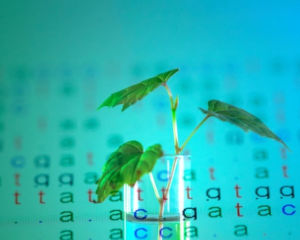
De-Extinction vs. Conservation: Why Saving Plants Today Matters Most
By Gayil Nalls
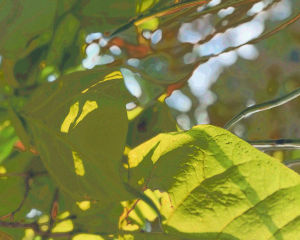
“Let the Forest Flow for Its Forestness” Extending the Language of Rights to the More-than-Human World
By Willow Gatewood

If Oaks and Orchids Could Talk
By Vittoria Traverso
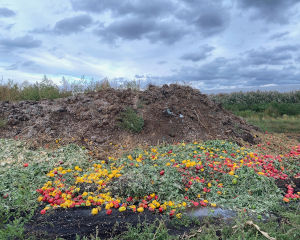
Enrich Your Soil — Enrich Your Life
By Gayil Nalls
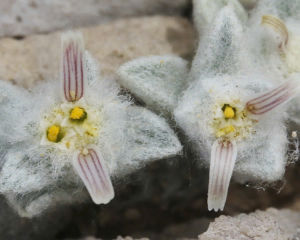
What Can We Learn from the Woolly Devil
By Liz Lindqwister

Eat More Plants Recipes:
Crab Apple Jelly
By Mo Stafford
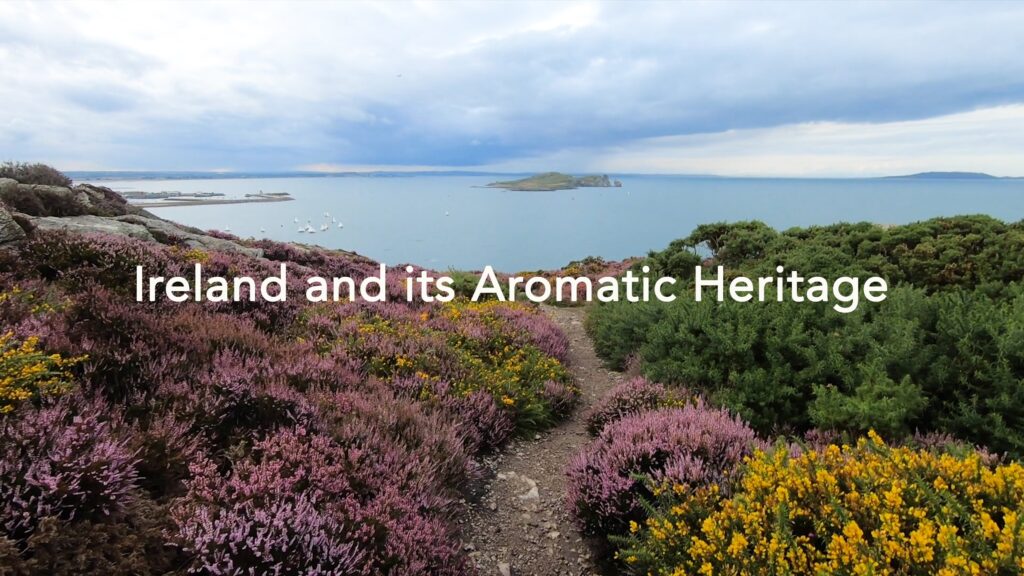
As Ireland transitions from the rich, smoky scent of peat-burning to a more sustainable future, its olfactory heritage is evolving. What will become the next iconic aromatic symbol of Ireland?
Click to watch the documentary trailer.

